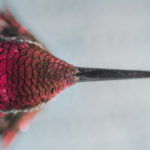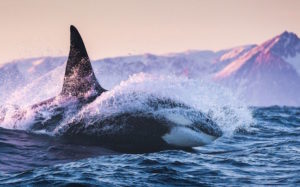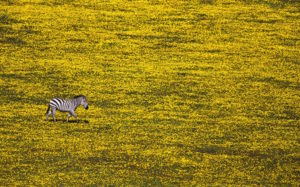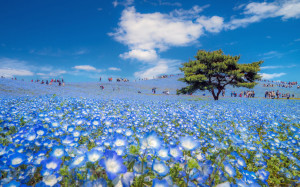
The 2016 National Geographic Nature Photographer of the Year contest is rapidly coming to an end. Photographers, you now have only two days left to enter! This photo compilation was taken from Week 9 and Week 10 entries and they only include powerful wildlife shots.
The 2016 National Geographic Nature Photographer of the Year contest is accepting entries in one or all of four categories: Landscape, Environmental Issues, Action and Animal Portraits. The grand-prize winner will receive a 10-day trip for two to the Galápagos with National Geographic Expeditions and two 15-minute image portfolio reviews with National Geographic photo editors.
(If only I could take wildlife pictures as breathtaking as these. On a side note, I love close-ups of hummingbirds.)
Above:
Hummingbird
This lil humming bird baby was caught in my home. Here he is recouping from what was a stressful time being stuck. Minutes later her flew away.
Photo and Caption by Emily Riley/2016 National Geographic Nature Photographer of the Year
Rush Hour
Thousands of snow geese take flight during a snowy morning fly out at Bosque del Apache, New Mexico It is loud and sounds like a passing train!
Photo and Caption by Eileen Johnson/2016 National Geographic Nature Photographer of the Year
Polar Bear Reflection
As we cruised the ice fields near Prince Regent Inlet in the Canadian high arctic we came across a lone Polar Bear wandering across the ice seeking a meal.
Photo and Caption by Bill Klipp/2016 National Geographic Nature Photographer of the Year
I Am Angry
We arrived at one of the watering holes in Etosha National Park in the late evening. Four Lions were devouring a large kudu that they killed. A pack of hyenas appeared from the bush nearby attracted by the smell of blood and food for them. What ensued was a fight for the dead kudu between 4 female lions and 16 hyenas. Needless to say, in the end the hyenas won and got the prized kudu.
Photo and Caption by NingYu Pao/2016 National Geographic Nature Photographer of the Year
Wet! Wet! Wet!
These Cheetah cubs didn’t seem to be enjoying the afternoon downpour. They ran close together as they tried to keep up with mum. I’d like to say that I kept dry taking this image but in order to capture the moment I had to lean out of the window, allowing the stair-rods of water into the vehicle and got drenched by doing so. Worth it though.
Photo and Caption by Gillian Lloyd/2016 National Geographic Nature Photographer of the Year
Towards the Mist
A herd of frosty buffalos walking in the snow towards thick fog produced by the Yellowstone geothermal activity.
Photo and Caption by Meril D./2016 National Geographic Nature Photographer of the Year
Orphan Orangutan
The island of Borneo, which is split between the countries of Malaysia, Indonesia, and Brunei, was once covered with a lush tropical rainforest, but in the wake of ongoing deforestation and the expansion of plantation farming, the habitats of the islandís endemic and endangered species are being destroyed rapidly. Relentless deforestation has precipitated the loss of 90% of the orangutan population in 100 years. At this rate, some expect this species to become extinct within the next 20 years.
Photo and Caption by Yosuke Kashiwakura/2016 National Geographic Nature Photographer of the Year














0 comments